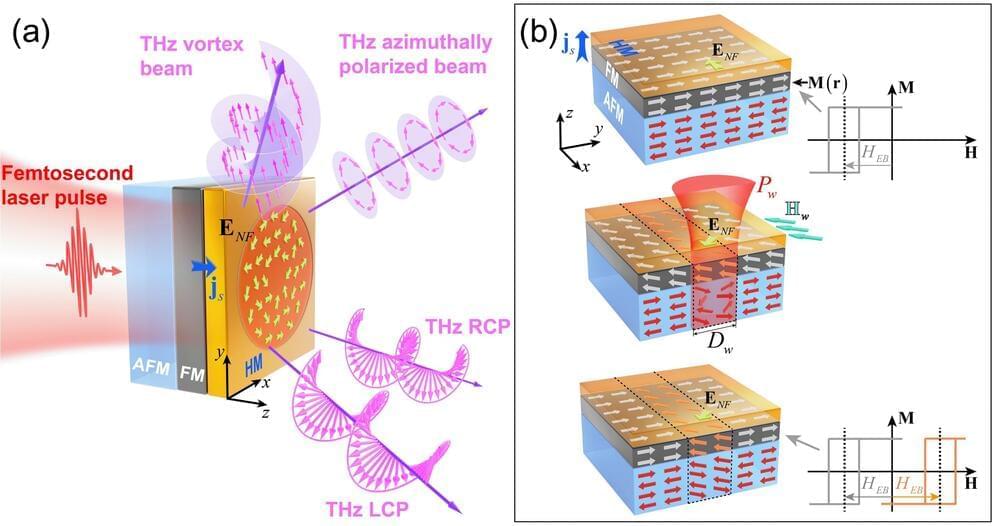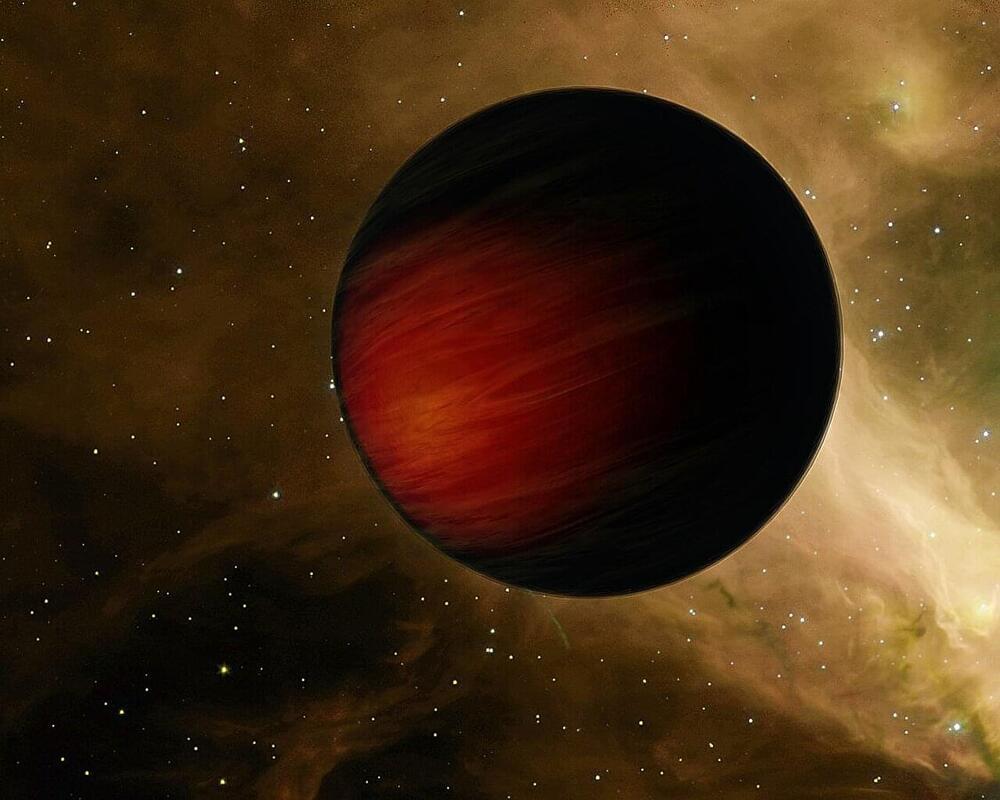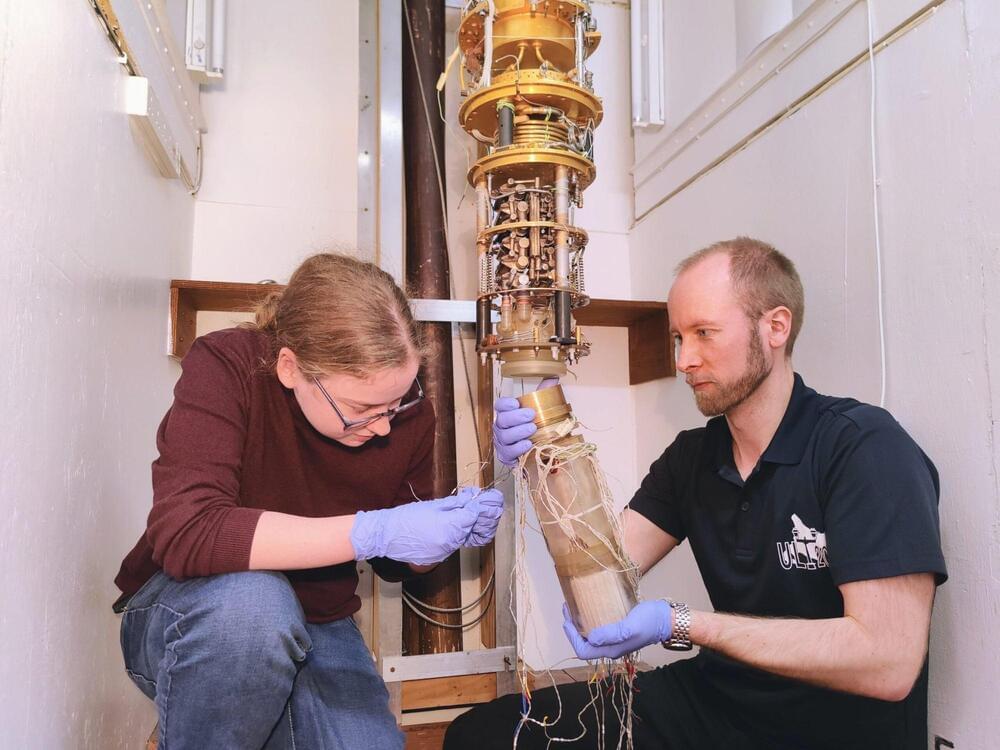The findings could aid the hunt for these monstrous duos using gravitational waves, tiny ripples in space and time (united as a 4-dimensional entity called space-time), which were first predicted in Einstein’s theory of general relativity in 1915.
“These findings are useful for targeted searches for supermassive black hole binaries, in which we search specific galaxies and quasars for continuous gravitational waves from individual supermassive black hole binaries,” research lead author Andrew Casey-Clyde, a doctoral candidate at the University of Connecticut and visiting researcher at Yale University, told Space.com.
“Our results mean that these targeted searches will be up to seven times more likely to find gravitational waves from a supermassive black hole binary in a quasar than in a random massive galaxy,” Casey-Clyde said.




